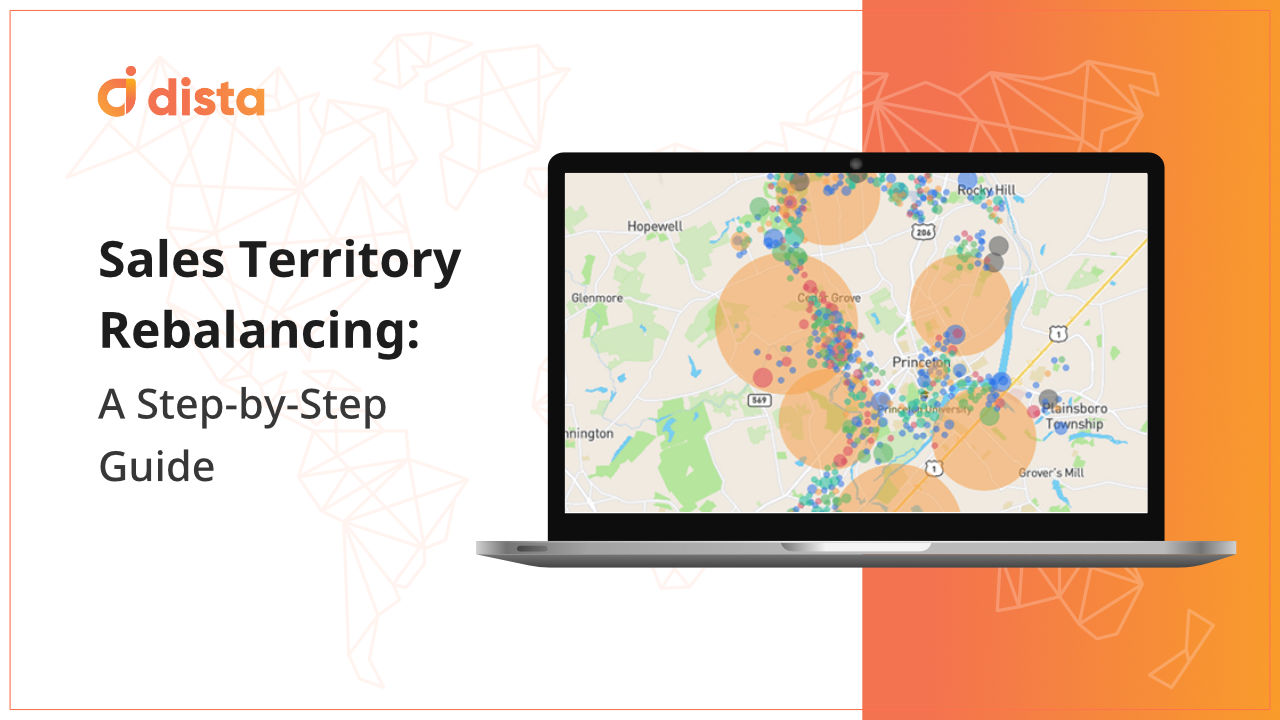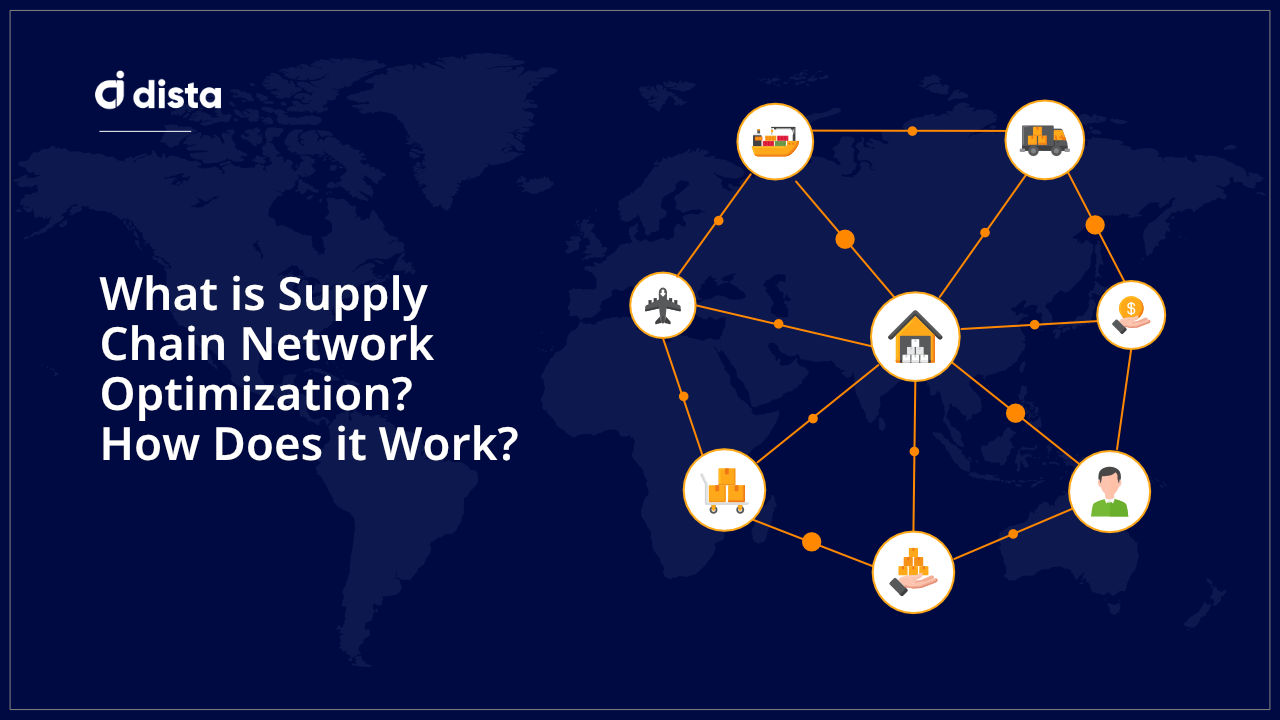Rebalancing/Realigning territories is a strategic process that can significantly impact the success of a business, particularly for organizations with field sales teams or a diverse customer base spread across different geographic regions. Effective territory rebalancing can lead to increased sales, improved customer service, reduced travel costs, and better resource allocation.
Let’s learn how to successfully rebalance territories in this comprehensive step-by-step guide.
1. Define Your Goals and Objectives
Before dipping into rebalancing territories, it’s essential to define your purpose. What do you aim to accomplish through this exercise? Are you looking to boost sales, enhance customer satisfaction, reduce operational costs, or achieve a combination of these outcomes? A well-defined set of objectives allows you to align your efforts and resources accordingly.
2. Collect and Analyze Data
Data is a good tool for territory rebalancing. Gather relevant data on your customers, sales, and geographic distribution. This data should include customer demographics, sales performance metrics, customer density, and the geographical locations of your sales team members. This information will be the basis for making informed decisions throughout the territory rebalancing process.
3. Segment Your Customers
To create effective territories, segment your customer base into meaningful groups. Consider location, industry, purchasing behavior, and growth potential. This segmentation will enable you to tailor territories to each customer group’s specific needs and characteristics, ultimately leading to more successful sales efforts.

4. Assess Current Territories
Evaluate your existing territories thoroughly. This assessment should focus on how well each territory aligns with your goals and objectives. Identify any imbalances, such as territories with an uneven distribution of customers, varying sales performance, or excessive travel time for sales representatives. This analysis will guide you in identifying areas for improvement.
5. Set Territory Guidelines
Establish clear guidelines and criteria for territory allocation. These guidelines should consider factors like the number of customers, revenue potential, expected travel time, and the workload for sales representatives. Defining these parameters creates a framework for a more balanced and efficient territory structure.
6. Utilize Territory Mapping Tools
Leverage specialized territory mapping software like Dista Insight to visualize & strategize your data to create optimized territories. Dista’s AI-enabled advanced algorithms can help you analyze spatial data, identify trends, and design territories that minimize travel time, reduce operational costs, and evenly distribute customer accounts based on organizational business rules.
7. Consider Sales Rep Skills, Capacity, and Preferences
When assigning territories, incorporate your sales team members’ skills, preferences, and strengths. A good match between salespeople and their territories can improve performance and customer satisfaction. Consider factors such as language skills, industry expertise, and relationships with existing customers when making these assignments.
8. Seek Input and Feedback
Involve your sales team in the territory rebalancing process. They have valuable insights into customer relationships, local market dynamics, and on-the-ground challenges. Solicit their input and feedback to ensure that the new territory assignments are data-driven but also practical and effective in the field.
9. Test and Refine
Implement the new territories on a trial basis to assess their real-world performance. Monitor key performance indicators (KPIs) such as sales growth, customer satisfaction, and travel expenses. Be prepared to adjust based on the feedback and results obtained during the trial period. Leverage a robust sales territory management tool to adjust and align your sales strategy.
10. Communicate Changes
Transparent communication is crucial when introducing changes to territories. Ensure that both your sales team and customers are aware of the reasons behind the adjustments and how they stand to benefit from them. Address any concerns or questions and provide a clear timeline for the transition to the new territory structure.
11. Provide Training and Support
If necessary, offer training and support to your sales team to help them adapt to the new territories effectively. This may include training on product knowledge, new customer relationships, or specific sales strategies tailored to the assigned territories. Supporting your team through this transition can boost their confidence and performance.
12. Monitor and Evaluate Regularly
Territory rebalancing is an ongoing process. Continuously monitor the performance of the rebalanced territories and track key performance indicators (KPIs). Regular evaluations will help you identify areas where further adjustments are needed to optimize results. Gather feedback from your sales team and customers and use their input to fine-tune territories.
13. Iterate and Improve
Recognize that territory rebalancing is not a one-time task but a continuous improvement process. As market conditions change, business goals evolve, and new data becomes available, be prepared to iterate and refine your territory structure. You can ensure your territories align with your overall business strategy by staying adaptive and responsive to changes.
Get the Most of Your Sales Territories
To summarize, achieving triumph through effective territory rebalancing demands a methodical approach grounded in well-defined objectives and data-driven decision-making. Through customer segmentation, guideline establishment, and consideration of your sales team’s expertise, you can craft optimized territories that fuel sales growth, enhance customer satisfaction, and boost operational efficiency.
Maintaining the vitality of these territories necessitates continuous monitoring and refinement. In the end, territory rebalancing represents an investment in your business’s long-term prosperity, empowering you to navigate evolving market dynamics and meet the ever-changing needs of your customers. Want to carve a winning sales strategy? Get in touch with us for a quick demo.












